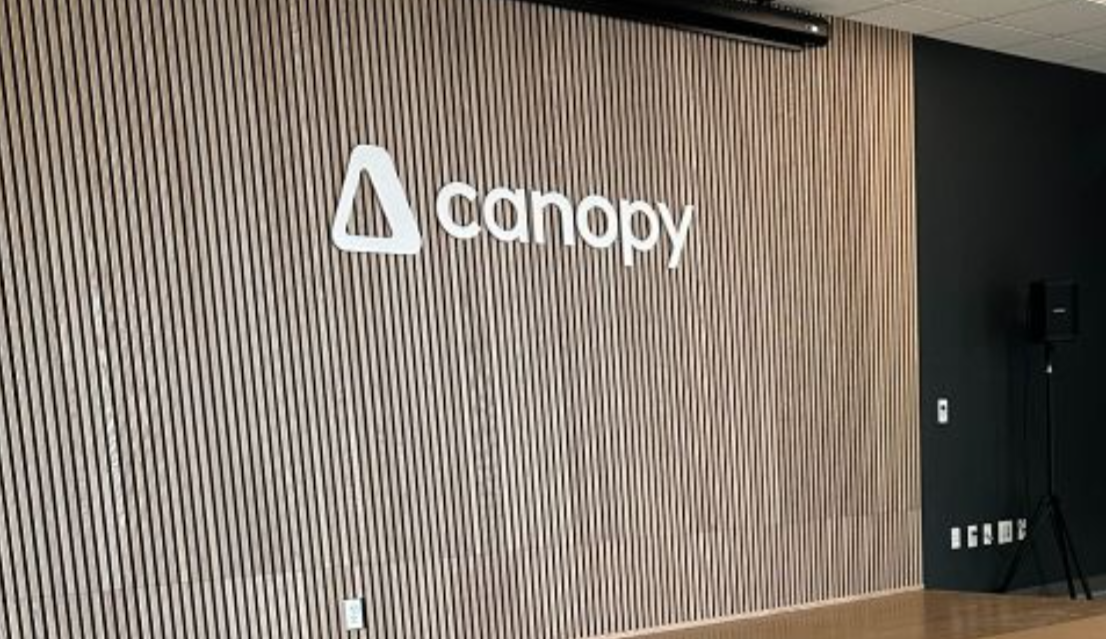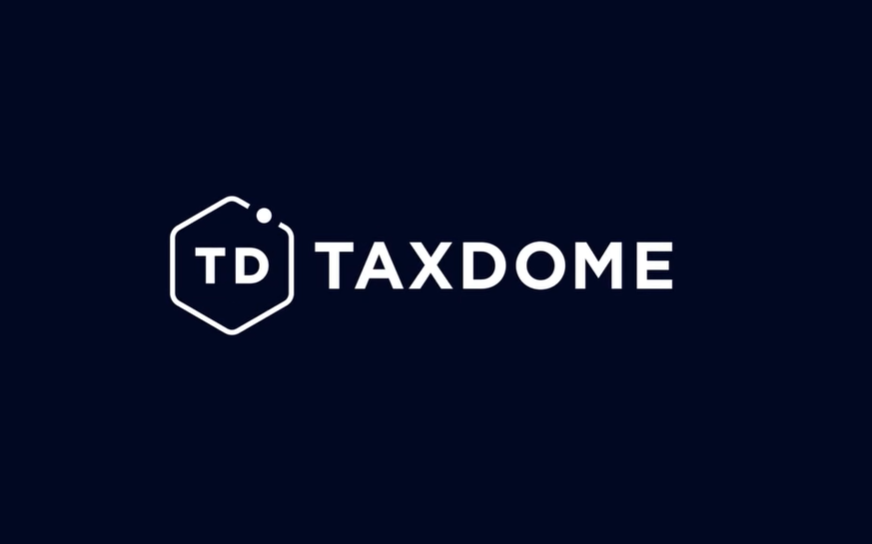Cloud-based planning signifies a sea change in the lives of CPAs, CFOs, and others on the finance team, and creates greater alignment behind organization-wide objectives. With readily available data and real-time insights, companies are tooled to respond more quickly to growth opportunities and react swiftly to address challenges. In short, cloud planning unlocks the potential for every organization to become agile in a time when business agility is critical for survival.
What this means for finance is clear. With automatic updates, integrated data, and real-time insights, cloud-based planning enables FP&A professionals to come out of the back room and take a seat at the strategy table, helps build a culture of self-service, and future-proofs the organization.
The advantages of cloud technology are well-documented: increased accuracy, automated data inputs, streamlined reporting, and greater agility. However, without the right tools, people throughout the business will continue to rely on finance for reports, data, and status updates. Cloud planning gives everyone visibility into the numbers but also encourages a culture of accountability and self-service.
Below are a few ways cloud planning can help your clients (and your organization) prepare for an unknown future and operationalize better decisions faster.
More time for insights
Most business leaders understand that finance is uniquely qualified to interpret data and generate insights that help drive decision-making. In fact, according to an annual CFO survey, 75% of CFOs rely on finance to set strategy and guide decision-making, but only 46% say their teams have enough time to do so.
If you’re feeling as if you don’t have enough time to meet the demands of all of your stakeholders, you’re not alone. As vice president of finance at Bishop-Wisecarver, which helps manufacturers and automation solution providers engineer linear and rotary motion products, I know the challenge of balancing competing demands firsthand. A while back, we found ourselves data rich but insight poor. In fact, we easily spent 40-50% of our time collecting, reconciling, and fixing the data, leaving less time to extract actionable insights.
With the help of cloud planning, we were able to spend less time compiling numbers and more time advising our business partners with data-backed insights and strategy. Thanks to cloud planning, our organization saved 600 hours in the accounting and finance departments alone—freeing time for analysis, enabling best practices, and supporting greater business agility. The work we did to improve our internal processes was an extension of our overall commitment to deliver a Signature Experience to our customers—whether that be through our products or our business operations.
Dashboards and self-service reporting generate buy-in
No matter how much data you have, without organization-wide, comprehensive planning, coupled with an easy-to-use platform, it’s hard to get a holistic view of company performance. Charged with helping Bishop-Wisecarver leaders make better decisions, our finance team wanted to build more transparency into company-wide performance. To do this, we developed and customized over 100 dashboards, which were easy to use and highly visual tools that helped everyone in the organization, including manufacturing, engineering, marketing, and sales, visualize the data.
We took a slower route to adoption because we wanted to first educate employees on the purpose and goals of the dashboards. But within a short amount of time, the dashboards were broadly accepted and widely used. In a culture of data-driven decision-making, the finance team now provides enhanced transparency by displaying metrics like the ROI of marketing spend and labor productivity.
Self-service reporting gives our stakeholders greater visibility into the numbers and speeds up our overall time to decision. People throughout our company no longer rely solely on the finance team to slice and dice the data—they can get it themselves. Now they have the information they need to make better, more-informed decisions.
Planning for what’s next
It’s clear that the future of finance is an integrated, automated, cloud-based one. No longer satisfied with sitting on the sidelines, running reports, and answering queries, finance is poised to add value to every level of the organization and to give stakeholders the power to create their own reports.
And armed with the latest information, organizations are empowered to react quickly to changes as they occur, making self-service, company-wide planning the norm for successful companies.
The advent of machine learning and artificial intelligence represents yet another way for organizations to remain nimble in the face of rapid change. Hypothetical uses include automatic triggering if KPIs fall below (or above) certain margins. Automating those triggers and creating a machine-learning feedback loop will create endless opportunities for those in FP&A to build agility into organizational DNA.
=======
Miguel Danao is vice president of finance at Bishop-Wisecarver.
Thanks for reading CPA Practice Advisor!
Subscribe Already registered? Log In
Need more information? Read the FAQs
Tags: Artificial Intelligence




